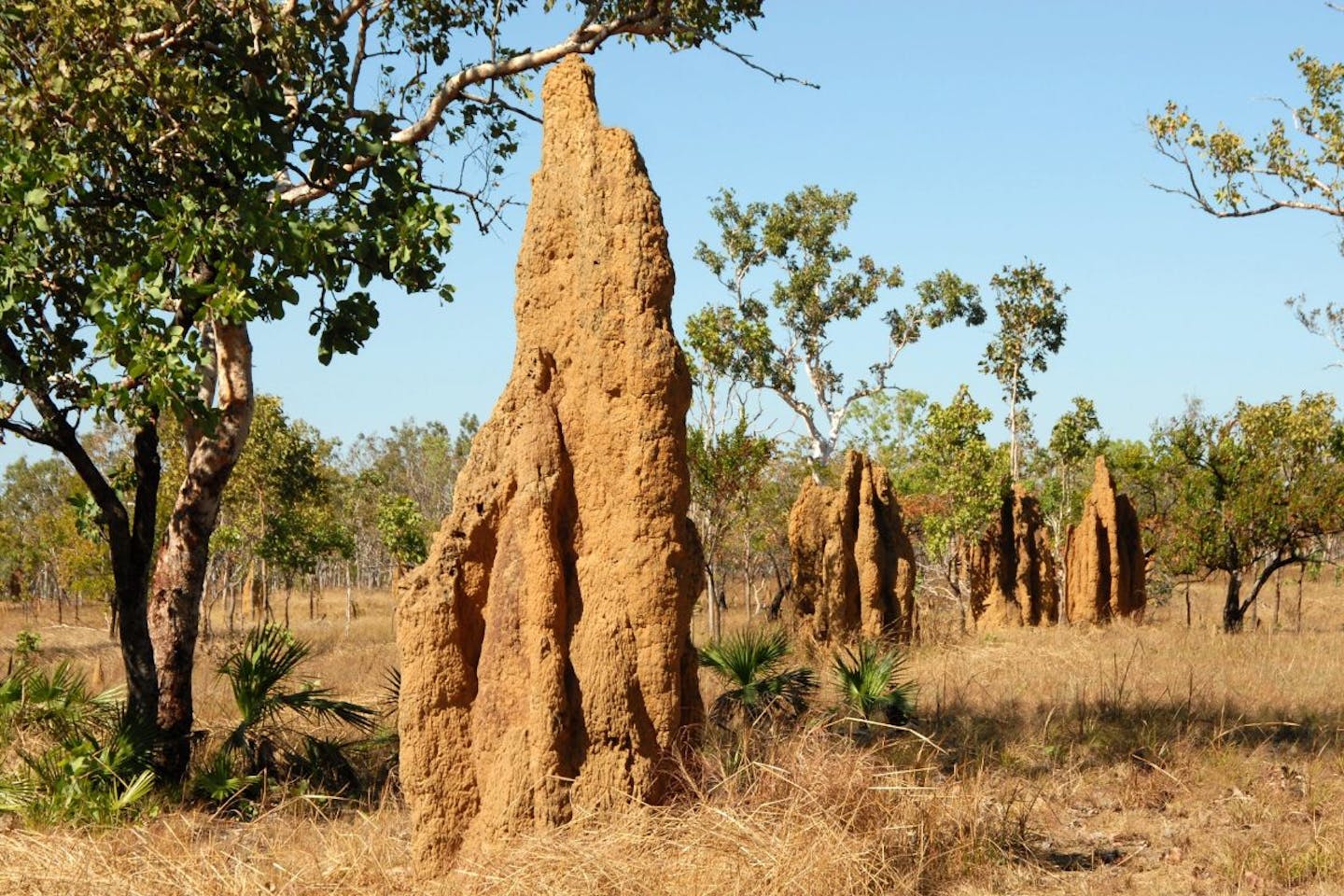Five amazing animal architects
All beings need food, water, and shelter to survive. However, a few species stand out in the animal kingdom by adding complexity, hours of labor, and unique designs to their structures. Here are five species and their amazing homes that provide much more than just a roof over their heads.
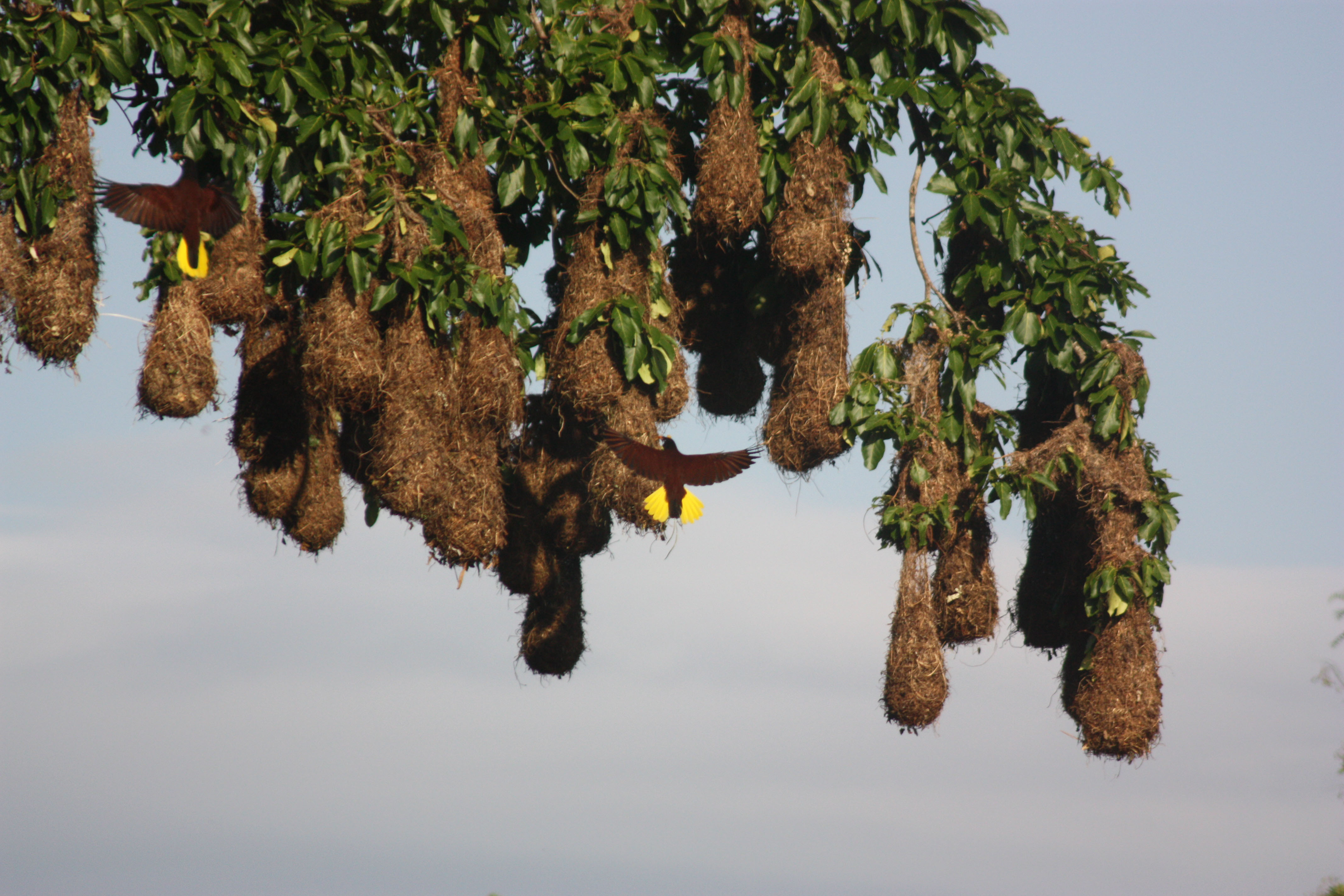
Image credit: Creative Commons
Montezuma Oropendolas
With an overall dark rusty color, bold yellow tail, and a memorable gurgling sound for its song, the Montezuma Oropendola is already a sight to behold. Follow one back to its nest in the coastal lowlands stretching from Mexico to Panama, and hanging from tree’s branches will be what looks like long, brown sacks swaying in the breeze. The tree belongs to a dominant male and the sagging, but secure, structures are that of his harem of females that can reach up to thirty individuals. Once a female has joined the colony, after the male has wooed her with his bowing ritual, she collects vines, twigs, and leaves to build her enclosed home. Each nest is spherical in shape at the end, where the female will rest. The ‘entryway’ into the home is what gives it its length, which can reach up to 71 inches long in trees as high as 100 feet tall.
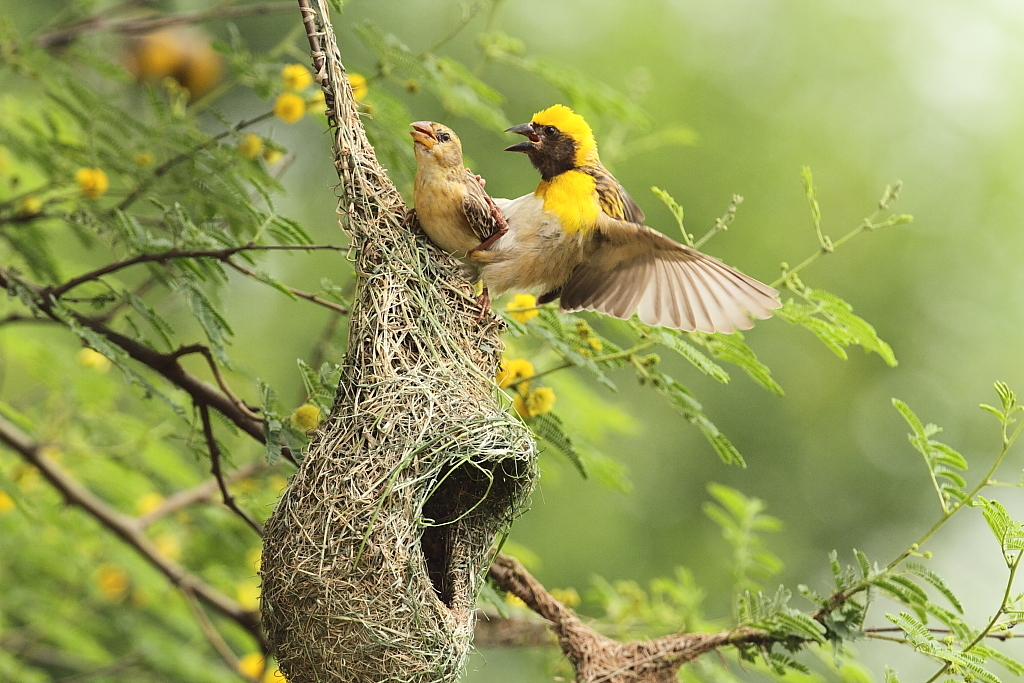
Image credit: Creative Commons
Baya weavers
Bright yellow and found only in India and Southeast Asia, the baya weaver is a small member of the weaverbird family coming in under six inches in length. The baya weaver is most notable for the woven nests constructed by the males to attract a mate. Woven with long strips of paddy leaves, palm leaves, and grasses, the males use their beaks to strip the material, interlace them together, and knot at the end. It can take up to 500 trips and around 18 days to complete the nest. As the male builds, he shows off to the females by flapping his wings and inviting them inside. Females will inspect the structure and if they approve, the male will finish. Completed, the nest hangs from the tree with a long vertical tube that at the end rounds to an open-air nest.

Image credit: Creative Commons
Compass termites
In the grasslands of Northern Australia, against the bright green of the plains, stand hundreds of grey wedge-shaped mounds. These mounds can reach up to 13 feet tall, 8 feet wide, and over 3 feet deep. Hidden inside each one could be a million compass termites. Each colony contains the hierarchy of a queen, king, reproductive adults, soldiers, and workers. A mixture of soil, saliva, and dung creates the material for the structure. Compass termites get their name from the wedges being typically north-south oriented. Scientists believe they are built this way to regulate the temperature of the underground nest. The warmth of the sun hits the nest’s sides in the mornings and evenings and exposes less surface midday.
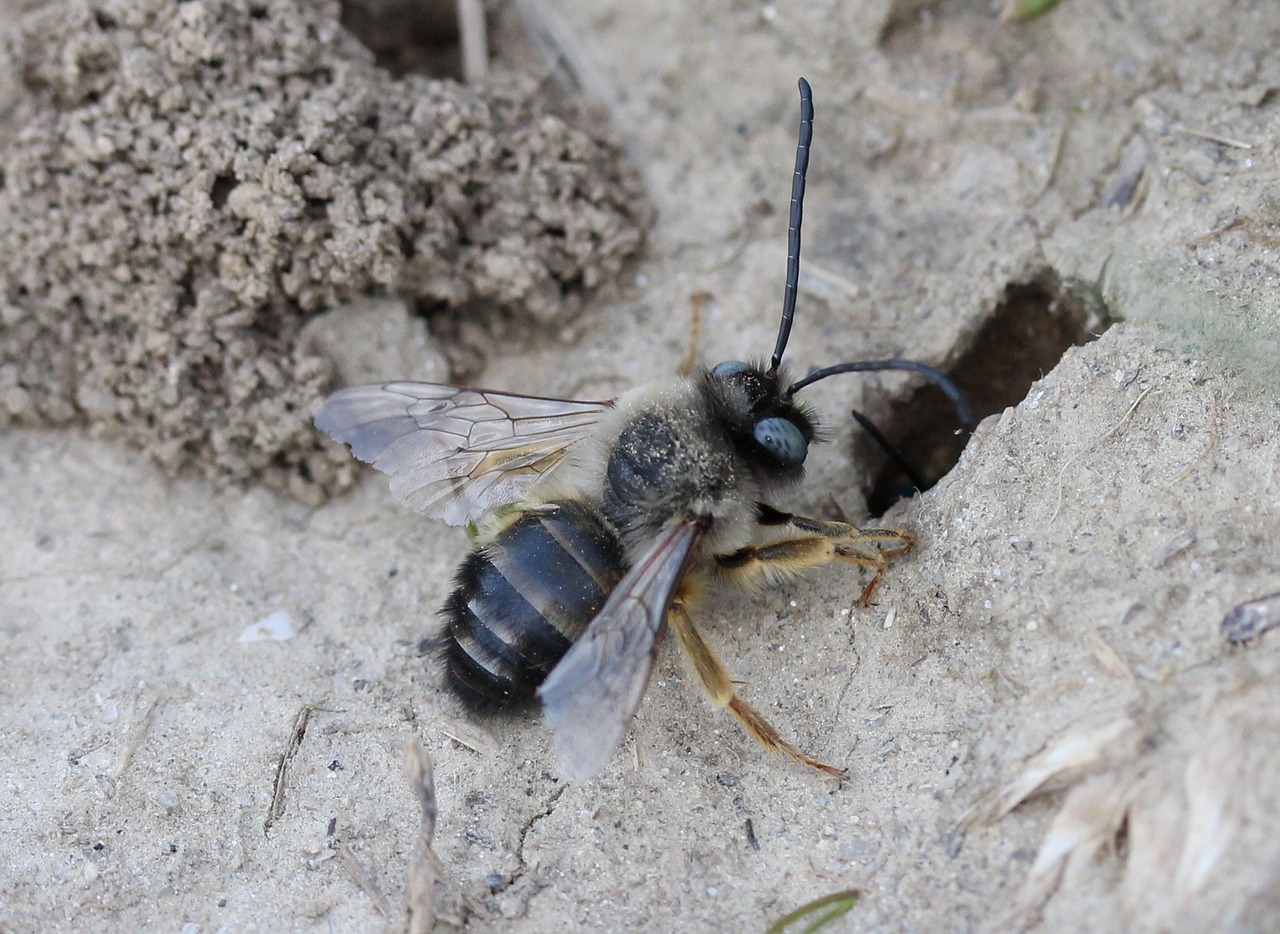
Image credit: Creative Commons
Bees
Most are familiar with the beehive, an enclosed structure built by humans for honey bees. If found in the wild, a bee’s home is called a nest and looks like a mound of exposed honeycomb. Despite the portrayal in cartoons, 70 percent of bee nests are not found up in trees, but dug into the ground. Soil is the most common material used by bees for nesting. Nests can extend as deep as ten feet or be as shallow as a few mere inches. Female workers construct the nest by digging with their mandibles and using their abdomens as the bulldozer, pushing the soil away.
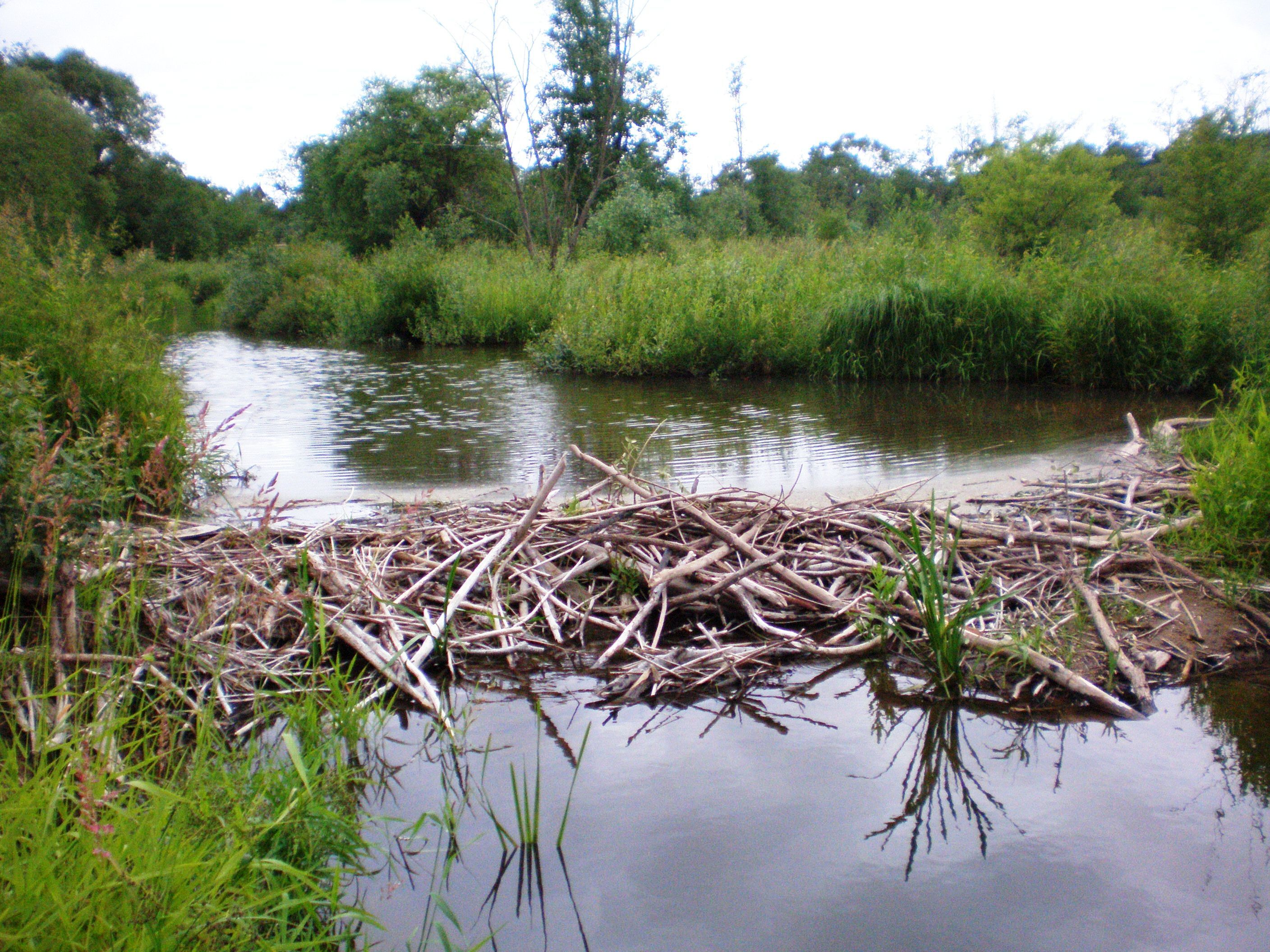
Image credit: Creative Commons
Beavers
In the rivers of North America and Europe, rise mounds of timber and twigs packed together with mud. These beaver dams are thought to be more effective than human’s concrete dams in trapping water and slowly releasing it. To construct a dam, beavers use logs around 6 feet and 2 inches in diameter to brace against the riverbank. Natural calculators, the beavers angle the logs at around 30 degrees with the direction of the water’s flow. Beavers use their large incisors to chew down trees for their building material. In transportation, beavers will use the same trail so that with usage it will fill with water and the logs will float down to their destination. Dams can be as low as 8 inches to as high as 10 feet tall and can stretch one foot to a hundred feet long.
